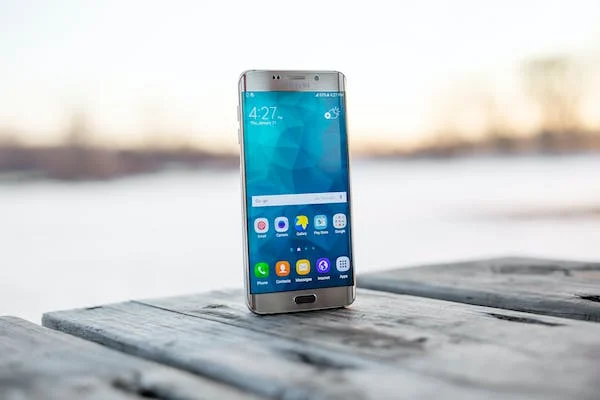Android devices have become an important part of their lives for many people. These devices have been on the market for over a decade, and their popularity has only increased. They are getting more advanced with each release and offer a wide range of features that can be customized to suit our needs. We need to know how to root one’s android device to use these features. A rooted device will drastically help your accessibility to data on your phone, which is why you need to know how to do it. This blog post will teach you everything you need to do to get a rooted device and what data will be accessible once it is done.
Know the basics of rooting
Rooting an Android device gives you access to the system that runs the operating system. Rooting is also often used when trying to modify or update your phone’s software, delete unwanted applications, or install other types of software. If you are doing this, you need to backup all data before starting. This way, if something goes wrong and your phone doesn’t work as it should before, at least you’ll still have all of the data on your phone intact.
Practice Safe Rooting
Rooting an android device is not hard to do. You have to follow the steps that are outlined in this blog post. However, there are some things you should know before starting.
1) A rooted device will allow you access to all your data. This includes photos, videos, music, and any documents saved on your phone or SD card.
2) Data recovery with a rooted device may void your warranty with the manufacturer.
3) Rooting an android device can void any service agreements with the carrier.
4) You need to have backups of any data so that if anything goes wrong during the process, it can be restored easily.
5) It’s also important for you to back up all of your apps so they can be restored after rooting and downloading them from the google play store again if necessary.
6) When rooting your android device, you mustn’t use up all of its battery life or storage space during this process because then there is a risk that the process might not work correctly and could even damage your phone and data permanently if it reaches 0%.
What is Rooting and How To Root Your Android Device
Rooting your Android device is the process of exploiting a bug in the operating system to gain the highest privilege level. This allows us to access files that are usually restricted- like access to all files on the phone, changing system settings, and installing apps that require root privileges.
The process can be done by either flashing a custom firmware (which is an update) through recovery mode or ADB (Android Debug Bridge). The first step would be to unlock the phone’s bootloader, which will allow you to flash this custom firmware. To do so, you first need to enter Fastboot mode on your device and connect it with your computer via USB cable. Here’s how:
1) Turn off your phone.
2) Press and hold Volume Down + Power until you see something on your screen that says “Fastboot.”
3) Select “Start” using Volume Down, then press Power again.
Connect your phone with your PC via USB cable and open the command prompt (if you’re using Windows) or terminal (using Mac). Type fast boot devices in the command prompt/terminal window, hit Enter if it shows a serial number, and then click on the unlocking bootloader. If it doesn’t show a serial number, try disconnecting then reconnecting, making sure drivers are installed correctly, or reinstalling them if they were not successful. Once drivers are installed correctly, type fastboot OEM unlock if
Data Recovery on a Rooted Device
The data that will be accessible when you root your device includes storing data in different file formats, including ext4, which is one of the most widely used formats. With this format, not only will the data recovery for android, but it will also be much better than what can be done without rooting. This format is one of the best because it provides storage options for users who want to maximize their device’s capabilities. It also reduces fragmentation and decreases I/O delays to provide a seamless experience for the user.
Conclusion
Rooting Android devices can be a great way to get more out of your device and recover lost data. However, it’s essential to know the risks before you take the plunge!

